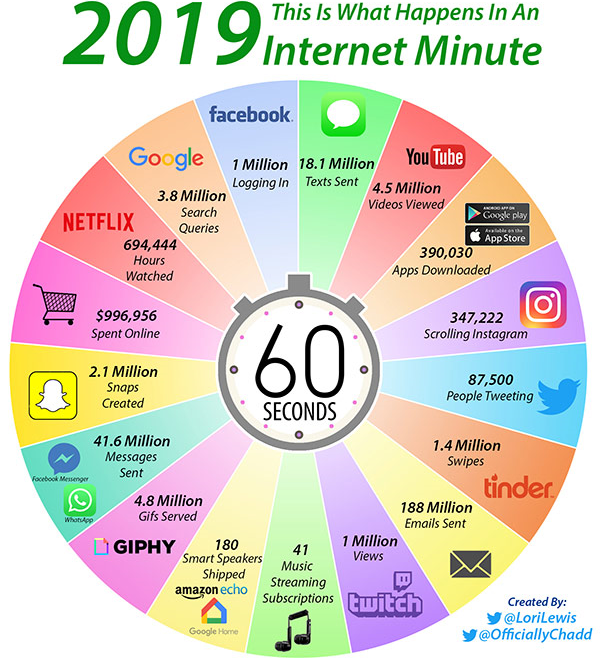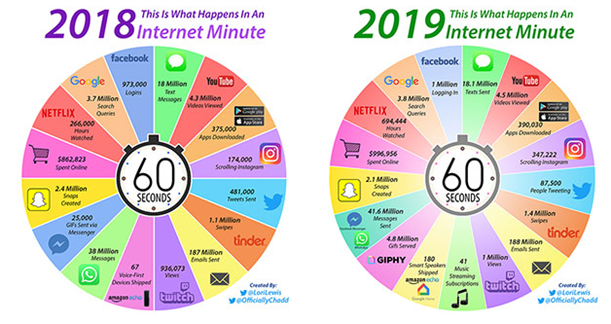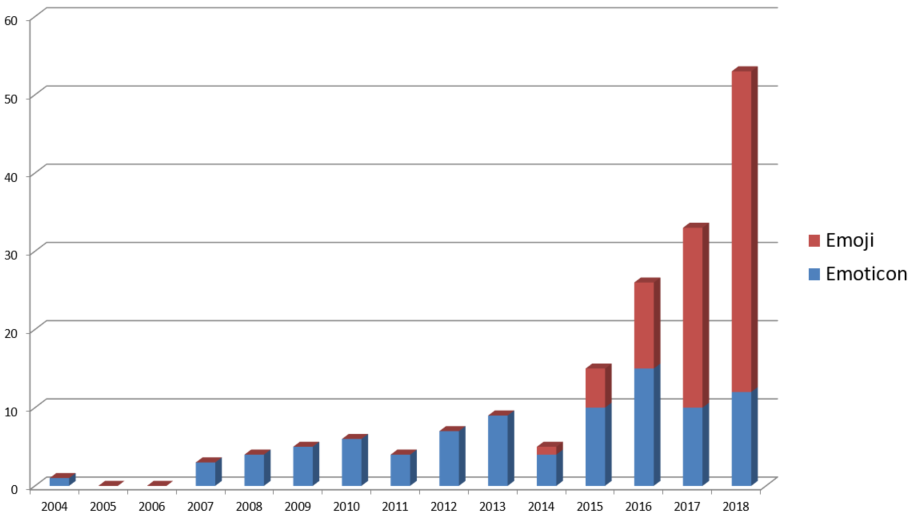Court Sanctions Plaintiff for Spoliation of Facebook Account: eDiscovery Case Law
Shark Week on the Discovery Channel concludes this weekend, which means Case Week on the eDiscovery Channel (a.k.a., eDiscovery Daily) concludes as well (don’t be sad, it will be back next year!). During our webcast on Wednesday on Key eDiscovery Case Law Review for the First Half of 2019 (which, if you missed it, can be viewed here), Tom O’Connor and I discussed several cases that couldn’t quite get to the stage of issuing an adverse inference sanction for spoliation of ESI. This case shows that there are still cases out there where these sanctions happen – when the intent to deprive is clear enough.
In Cordova v. Walmart Puerto Rico, Inc. et al., No. 16-2195 (ADC) (D.P.R. July 16, 2019), Puerto Rico District Judge Aida M. Delgado-Colon granted in part and denied in part the defendant’s motion to dismiss for fraud on the Court, denying the defendant’s request for dismissal, but imposing a sanction of adverse inference regarding the content of the plaintiff’s Facebook page and her deletion of the related account. Judge Delgado-Colon also ordered the defendant to “submit a proposed adverse-inference jury instruction to that effect before trial.”
Case Background
In this case filed by the plaintiff against the defendant alleging unlawful discrimination, retaliation, and unjust dismissal, when the defendant issued a set of interrogatories and request for production of documents asking the plaintiff to disclose and produce information and documents regarding her social media accounts, among other requests. The plaintiff responded, in essence, that she once had a social media account, but that it was closed and that she did not recall the name under which she had the account.
The defendant filed a motion to compel, contending that “the discovery was relevant in order to address plaintiff’s allegations of disability and her substantial allegations of severe mental, psychological, moral and emotional pain anguish and distress, loss of happiness and loss of capacity to enjoy life.” The plaintiff claimed that prior to the discovery request, she had lost her cell phone, after which “she tried to access [her] Facebook account using [her] home computer” but got blocked out for unsuccessful attempts to log into the account and when she got a new phone, she tried again to access her Facebook account but was unable to do so and she did not “ha[ve] access to [the] Facebook account ever again.” In a meeting between parties, the plaintiff was unsuccessful in accessing her Facebook account.
However, on September 19, 2018, the defendant was able to identify plaintiff’s public Facebook profile under the name `Córdova Eigna’—essentially, plaintiff’s second last-name and her first name spelled backwards. That account was opened in 2009, the plaintiff updated her cover photo on August 23, 2018, and included a comment about `living happily ever after’ and posted a comment regarding the same as recently as September 6, 2018. That same afternoon, however, the account became unavailable. As a result, the defendant filed a motion, asserting that the plaintiff was duplicitous about the Facebook discovery in question and requested case dismissal.
Judge’s Ruling
Judge Delgado-Colon found that “Mercado failed to comply with her obligation under Fed. R. Civ. 26(e) to supplement discovery responses to Walmart’s requests regarding her Facebook account. Specifically, taking as true Mercado’s contention that she was blocked out of said account for a period of time after having lost her cell phone, she was obligated to voluntarily inform Walmart when she later regained access and resumed her activities on Facebook. In that respect, the Court rejects Mercado’s explanation that she was unaware of having to do so because discovery had concluded, and Walmart’s summary judgment motion was pending adjudication. Those are not valid reasons for Mercado’s non-compliance with her disclosure obligations under Fed. R. Civ. P. 26(e), especially regarding an ongoing, contentious discovery issue and given that Mercado has been represented by counsel at all times in this case.”
As a result, Judge Delgado-Colon granted in part and denied in part the defendant’s motion, stating: “Walmart’s request for dismissal is denied. However, the Court hereby imposes as sanction an adverse inference regarding the content of Mercado’s Facebook page and her deletion of the related account. Accordingly, Walmart shall submit a proposed adverse-inference jury instruction to that effect before trial.”
So, what do you think? Did the spoliation warrant the adverse inference instruction? Please let us know if any comments you might have or if you’d like to know more about a particular topic.

Case opinion link courtesy of eDiscovery Assistant.
Sponsor: This blog is sponsored by CloudNine, which is a data and legal discovery technology company with proven expertise in simplifying and automating the discovery of data for audits, investigations, and litigation. Used by legal and business customers worldwide including more than 50 of the top 250 Am Law firms and many of the world’s leading corporations, CloudNine’s eDiscovery automation software and services help customers gain insight and intelligence on electronic data.
Disclaimer: The views represented herein are exclusively the views of the author, and do not necessarily represent the views held by CloudNine. eDiscovery Daily is made available by CloudNine solely for educational purposes to provide general information about general eDiscovery principles and not to provide specific legal advice applicable to any particular circumstance. eDiscovery Daily should not be used as a substitute for competent legal advice from a lawyer you have retained and who has agreed to represent you.











